Advertisement
Kpop Demon Hunters 2

The release of kpop Demon Hunters 2 introduced a direct continuation of the original storyline. Players follow the same group of characters as they enter a new phase of conflict that connects music performance with supernatural combat. The structure of the game combines rhythm-based mechanics with strategic encounters, requiring attention both to timing and to tactical decisions. This approach keeps the game centered on its dual themes of music and battle without losing focus on either side.
Story progression and characters
The narrative of kpop Demon Hunters 2 builds on the earlier events but adds new challenges and figures. Returning characters face stronger demons and discover hidden parts of their own history. The inclusion of new allies and rivals expands the roster and creates more variety in the missions. Dialogue sequences present the motivations of both groups, while cutscenes show the balance between stage life and dangerous quests. The story connects each mission with clear goals and outcomes.
Gameplay structure
The mechanics of kpop Demon Hunters 2 combine rhythm input with action choices. During musical sequences, players must match beats with accuracy to power up their characters. Outside of those parts, exploration and battles provide different ways to progress. Resource management plays a larger role than before, forcing players to plan their moves carefully. Stages often alternate between performance and confrontation, linking both elements into one flow. The variety of tasks keeps attention on timing, resource use, and positioning.
Key elements often highlighted in the game include:
- rhythm stages with multiple difficulty levels
- battle missions against stronger demon units
- resource collection and management
- character customization and upgrades
- exploration of new areas unlocked by progress
This structure ensures that players are not limited to a single mode of play and can approach the game with different strategies.
Visual design and audio
The presentation of kpop Demon Hunters 2 emphasizes clarity in both music and interface. Stages are designed to separate rhythm markers from background details so timing remains visible. Characters have updated costumes that reflect their progress, while demons are drawn with new features to distinguish them from earlier versions. Audio plays a central role: each mission integrates specific tracks that serve both as rhythm prompts and as thematic background. Sound effects support timing feedback and signal successful or failed actions.
Player progression and goals
Advancement in kpop Demon Hunters 2 depends on a balance of accuracy in rhythm stages and efficiency in battles. Players earn points, resources, and upgrades by completing tasks with precision. Unlocking new abilities requires consistent performance across different parts of the game. The structure rewards both short sessions of quick play and longer sessions of steady advancement. Each level connects to the larger storyline, ensuring that progress in gameplay is tied directly to progress in the narrative.
Advertisement









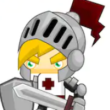


















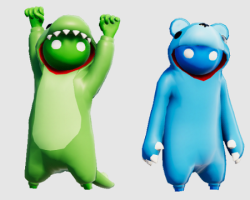


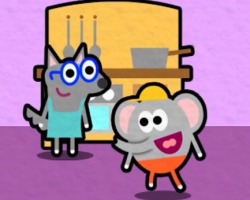

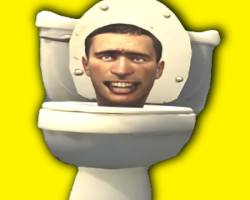
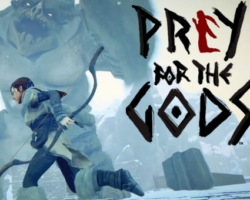

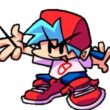




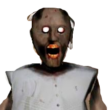







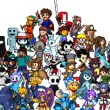






























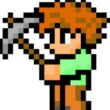





Comments